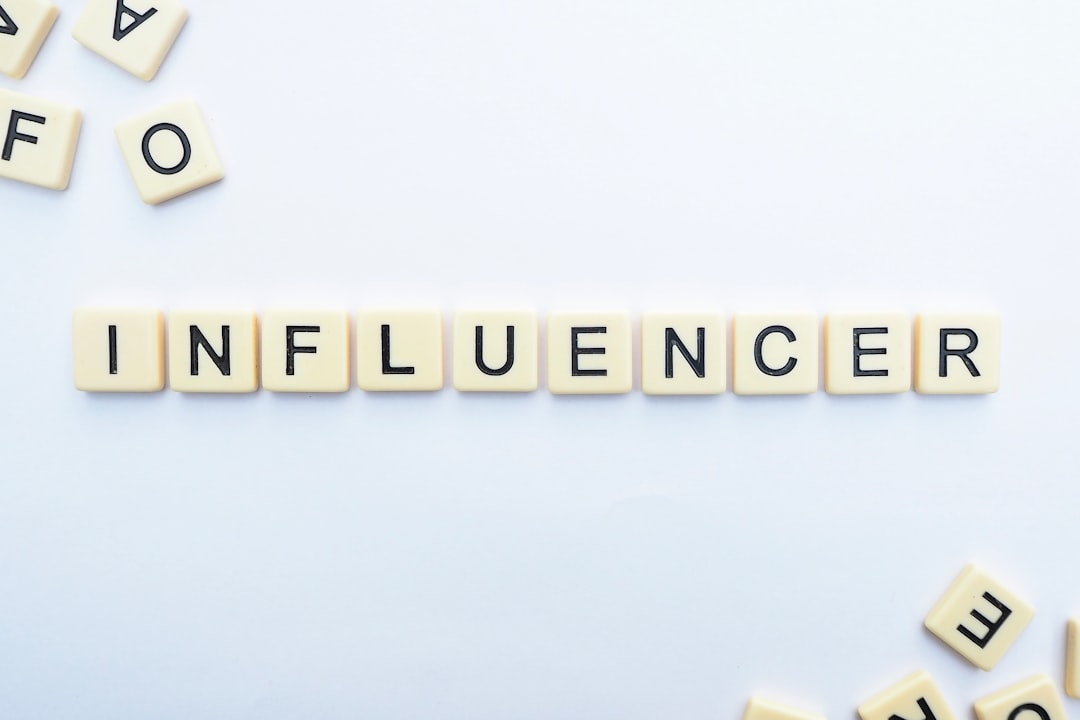☀️Welcome to your weekly
#creatormarketingupdate ☀️

🎤 opinion: Are Influencers Losing their Marketing Influence?
TL;DR
Ian McGrath from Dentsu Ireland talks about how the old influencer model is dying - and that more creators are adapting to changing revenue streams, becoming “pure play affiliates.” The author argues that this short-term play will lead to missed opportunities.
HEADLINE QUOTE
“If the focus is on quality and an understanding, the importance of an influencer could potentially extend beyond this. Simply, they could be a key source of stimulus for the development work of products and creative. But most will follow the hustle into flogging links, meaning the pool of entertaining and useful influencers remains shallow and that this channel remains difficult to pull insights from.”
OUR TAKE
It’s hard for me to not include articles/opinion pieces that carry semi-apocalyptic titles. The below Google trend search for “end of influencer marketing” shows that it is a bit of a recurring theme over the past years… but luckily we’re still here.
The article notes that influencer advertising is shifting as “the revenue streams are changing, and influencers are realigning behind them. With that, they are becoming a type of pure play affiliate. It’s just another short play.”
In 2017, I noted that “most influencers are turning into modern, digital glorified ad-boards and that is absolutely fine – but let’s not mistake this for genuine, authentic influence.”
I’m highlighting this because while this “pure play affiliate” approach specifically may be a short play - I do believe that influencer advertising itself will more than likely remain the most popular influencer marketing approach until it stops being effective.
The form in which it exists will adapt as it has done, and continue to do so as its capabilities & relationship with paid media develops.
What I am curious about is whether the increased measurement abilities + focus on (short-term) conversion-based metrics might lead to an increase in differentiation between influencer advertising and influencer marketing.
“Most influencers and brands are missing a great opportunity. Earlier this year IBM released a global study to stated only 9% of consumers were satisfied with in-store experiences. This climbs to 14% for online stores. The move from omni-channel to unified commerce is what’s driving retail success. According to Landor Consulting: “Customers think about shopping. They don’t see individual channels. They just know the brand they want and want to shop for it. So, the recipe for success is unifying online and offline.”
I fully agree with the above that there are missed opportunities - and many are over-reliant on the “flogging links” approach.
From a sales journey perspective, I agree that embedding long-term creators to be part of that unified shopping experience, and developing meaningful offline & online touch-points that involve creators would without a doubt lead to a more streamlined consumer journey. It also has the potential to close the gap that more often than not exists between the creator (their content frequently published in full campaign isolation) and brand.
The article also touches on creators being a stimulus for the development work of products and creative, and most of you know where I stand on that; do as much of this as you feasibly can - creators are one of the most effective ways to humanise your brand, and viewing them only as a means to generate sales would be a waste of their potential.
🏭 This week’s must-reads
💡What if influencer marketing wasn’t an 'add-on’ dumped upon the intern?
The best influencer marketing campaigns are strategic and based on experience and that experience comes from learning on the job. That’s not to say you shouldn’t get junior team members involved, because insights and creativity can come from anywhere, but it does mean you should take it seriously.
🎙️Why multicultural needs to be part of general marketing investments, especially for Gen Z
Yet Villa noted a shift in media consumption that perhaps can attract more multicultural investments going forward. For example, Gen Z and millennials consume more earned rather than paid media – so marketing is now more “focused on things like influencers, social media, events and activations, as opposed to big paid advertising campaigns,” Villa said.
🌡️Influencers Are Hot In Media, But They’ve Always Been Here
In a reverse of the “size matters” maxim, 70% of marketers prefer using “nano” influencers (between 1,000–10,000 social media followers) or “micro” ones (10,000 to 100,000 followers) rather than larger scale influencers and celebrities (price might be a pretty significant factor). Interestingly enough, IMH survey respondents have deployed influencers mainly to create content (37%) and only to a lesser extent to drive content distribution and persuade audiences, which seems a little odd for a group named “influencers.”
📲Why the creator industry is setting its sights on on the small screen
LTK is a digital marketing platform, which allows creators and influencers to monetize their content via shoppable images. Earlier this month, the platform launched LTK Connected TV, in which brands can leverage LTK creator content for shoppable streaming ad spots.



